Portuguese wines of all styles have been getting a lot of attention recently, so in the run-up to Christmas we thought it prudent to refamiliarise our customers with the nation’s most iconic wine: Port.
Port has been beloved by British drinkers ever since the early 18th century when wars with France forced them to look elsewhere for their tipple, while low taxes made Portuguese wines comparatively affordable.
The drink is made by adding to Douro wine a neutral grape spirit called aguardiente, which both raises its alcohol percentage and stops fermentation, locking in the residual sugar responsible for its characteristic sweetness.
It is this ‘fortification’ process that made the wine very popular amongst sweet-toothed alcoholic sailors and their domestic counterparts, at the same time as protecting the wine from the harsher effects of uncontrolled ageing. Wines like this were known to survive longer and thus were very popular choices for seafarers.
Styles of Port
Port is made in a variety of styles, but the most popular amongst British drinkers are Tawny, Vintage, and Late Bottled Vintage or LBV for short.
Tawny Port, named for its colour, is aged in wooden barrels which exposes the wine to oxygen. The wine picks up flavour and tannin from the wood at the same time as it ages at a faster rate due to the oxidation. The oxidation process strips much of the young wine’s red colour, hence the ‘tawny’ descriptor, and adds complexity.
Vintage Port, like vintage Champagne, does not mean ‘older port;’ it means Port which has been made from grapes which were all grown in the same vintage (as in Champagne, blending is traditional to the Douro’s winemaking culture).
Late Bottled Vintage Port is said to have come about by accident. The term literally means vintage Port which was bottled later; the wine developed its characteristic style by being left in the barrels while merchants were waiting for their customers to buy the rest, thereby increasing the time spent in barrel maturing.
We’ve put together a short list of our favourite Port wines for you and your loved ones to enjoy this Christmas (or if you’re cellaring, Christmas in a few years).
Quinta do Infantado Late Bottled Vintage 2012
Taylor’s Late Bottled Vintage 2011
Fonseca Terra Prima Reserve Organic Port
Taylor’s 10 Year old Tawny Port
Taylor’s 325th Limited Edition Port
How to store Port
Like most wine, Port should be stored in a cool but not cold dark place, on its side if it is sealed with a cork or standing up if it is stoppered. Port will give you its best when served at a warmish room temperature, between 15-20C.
Bottles gathered in dark cellar conditions
How to serve Port
When serving Port, ask yourself: do I need to decant the wine before I drink it? For unfiltered and older Ports such as vintage and LBV, the answer will be yes. In this case, the purpose of decanting is mainly to remove the sediment to produce a clean glass, not soften tannins or oxidise the wine as with, for example, young Bordeaux.
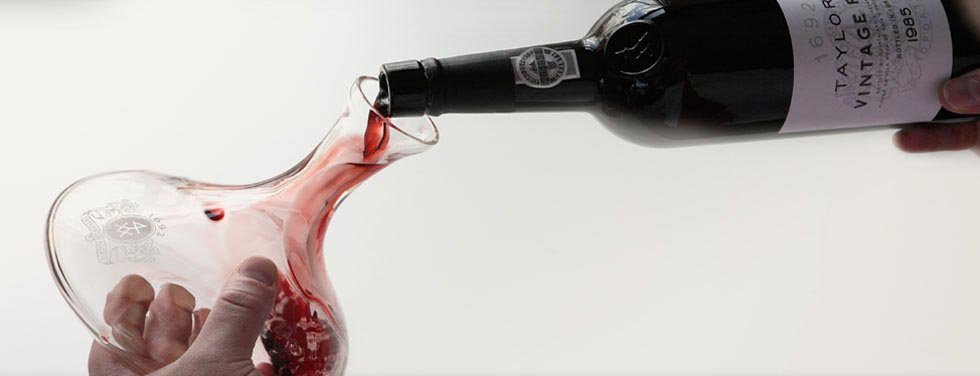
Popular Port decanter style
Because sediment is the main concern, stand the wine in one place for at least a few hours before serving to let it settle to the bottom of the bottle where you hope to leave it. Have a clean decanter at the ready (you could also use a jug or have a look at our decanters here).
Carefully open the wine, ideally without lifting it from the surface on which it stands, taking care not to disturb the sediment too much or damage a potentially frail old cork (remove the cork slowly and smoothly). Using a candle or another light source, illuminate the bottle’s neck so you can see when the sediment starts to come through later.
Very slowly pour the Port into the waiting decanter, gradually increasing the angle of the pour, until nearly all of the liquid has left the bottle and you start to see a mass of sediment approaching the bottleneck. Stop pouring immediately! This is exactly the stuff you want to leave in the bottle and keep out of your glass.
For older vintage Ports, some people advocate the use of muslin cloth to filter the sediment. If you want to pursue this idea, be sure the cloth in question is not at all contaminated with flavours or aromas of bleach or washing detergent, which will totally destroy the wine. Be sure to drink the wine within a week or so; contrary to popular opinion, fortified wine does not retain its grace indefinitely.
Pairing Port with food
Most people know that you can enjoy Port with strong cheese, and English classics Cheddar and Stilton are both excellent routes for most Port wines. Expand the after-dinner deli board with dried fruits and nuts, charcuterie, gorgonzola, or experiment with your favourite cheeses.
The classic stilton pairing
Look for foods with a dense flavour concentration; the food needs a bit of backbone to stand up to Port. Applying this to sweet desserts, err towards the darker, richer flavour profiles of dishes like Christmas pudding or dark chocolate rather than milk-chocolate based puddings. Avoid overly bright- or fresh-tasting dishes like fruit salad or Eton mess, as the Port will overpower the fruit and the sugar will overpower the Port.
Joe

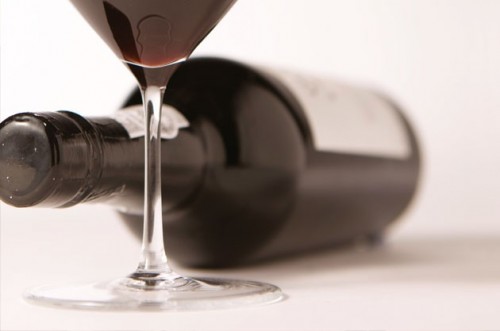
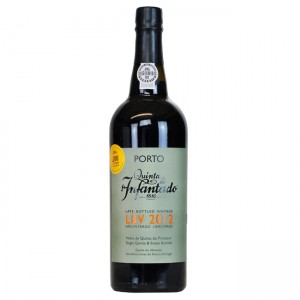
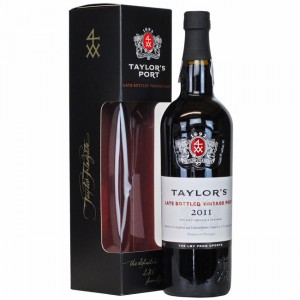
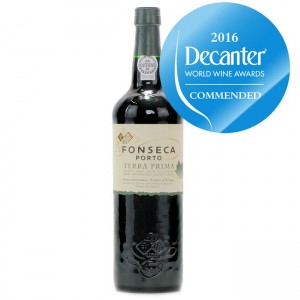
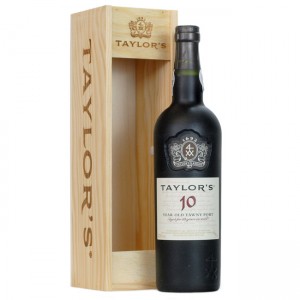

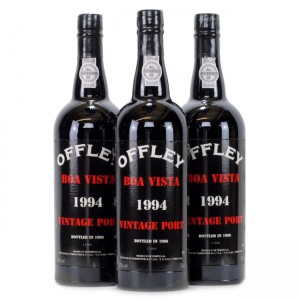
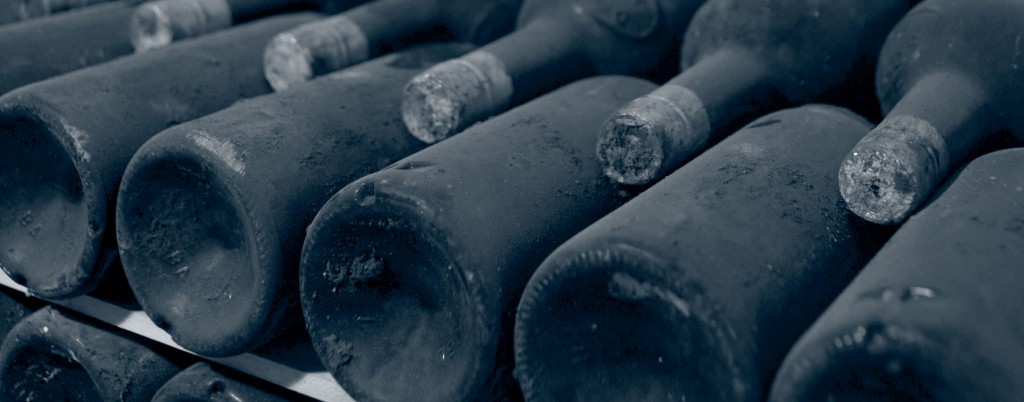
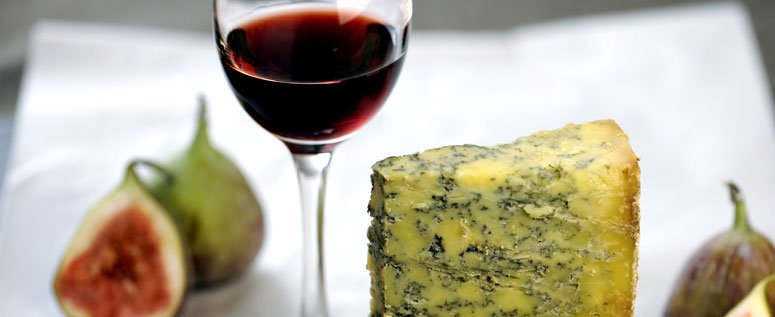
One Comment on ““A Spotlight on… Port””
Pingback: White Wines for the Christmas Table | Nickolls & Perks Limited